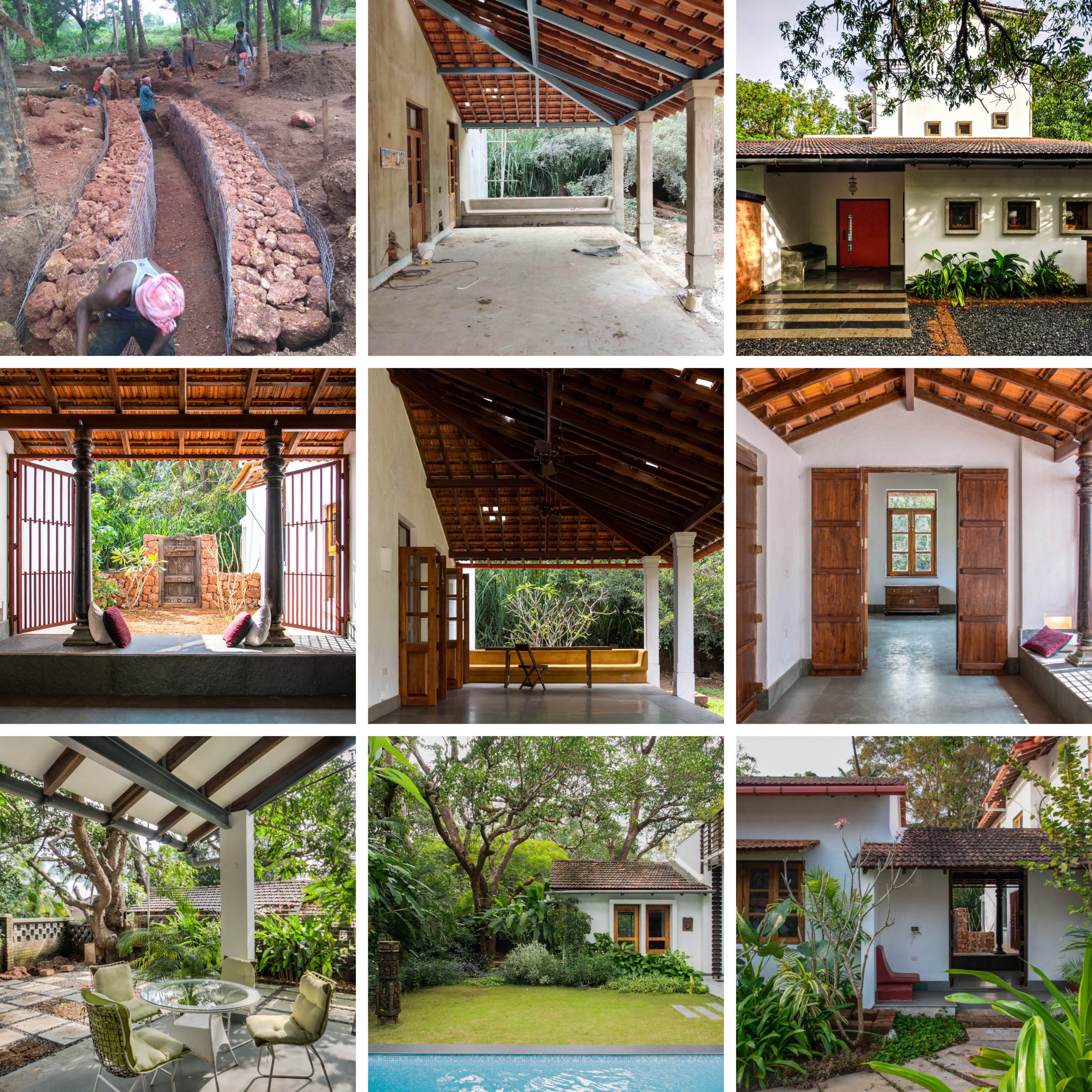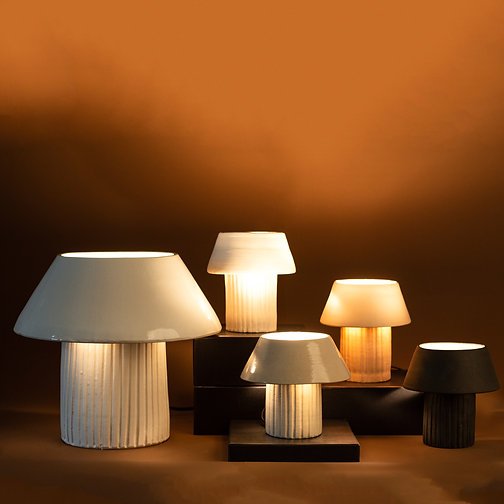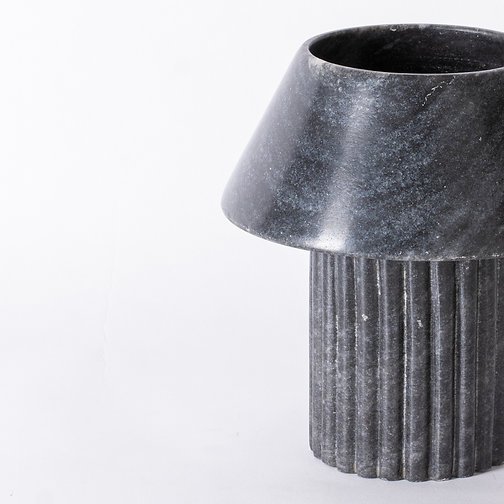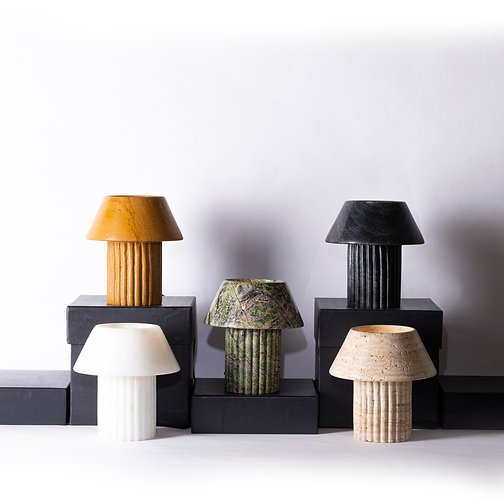We love designs that at once marry form and function and do so with panache. As we design our houses in Goa, we are constantly on the lookout for products that elevate a spatial experience through colour, texture, and shape - all without compromising on functional capabilities. The Rio lamp by designer Harshita Jhamtani delivers all this and more.
The Rio shines in different natural stone finishes ranging from White Travertine, Bheslana stone, Green Forest Marble, and Sandstone, among others. In each case, the designer says, “All the lamps are carved out of a single block and have a fluting detail complimenting the properties of each stone.” The diverse options available ensure that there’s a Rio that works for every design style and every kind of space.
Furthermore, the Rio is built to last. In interpreting sustainability, Harshita Jhamtani qualifies, “As a studio, we believe that the most sustainable practice for a designer to adapt, is to create products that their patrons can buy once and cherish for a longtime. We bring this very dream to life by creating long-lasting unique pieces that shall take a small step towards accelerating the low carbon economy.”
























































































Luxury Villa for sale in North Goa